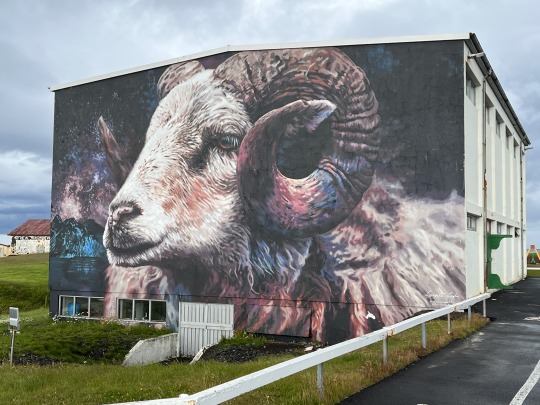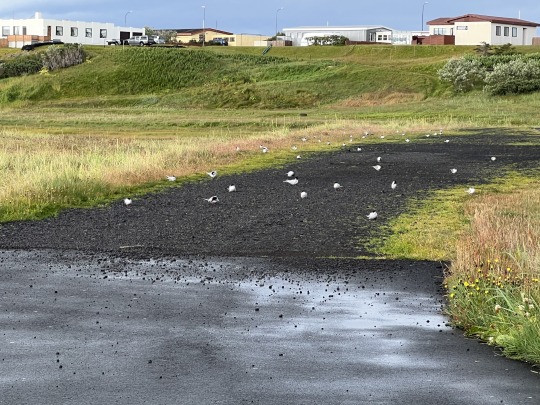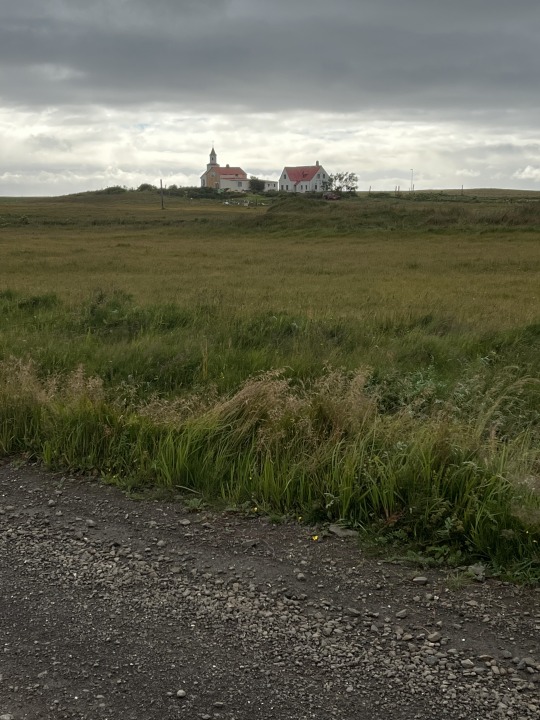#SW Iceland on a blustery day!
Text
Joe’s Weather Blog: Good looking holiday week + Winter indices research (SUN-11/19)
A bright but cool afternoon in the KC region. Temperatures this morning dropped into the mid 20s (26° at KCI) and are struggling to recover this afternoon to 50-55° or so…overall a pretty seasonable day mostly. We’ll take the sunshine and the lighter winds at least…because while the sunshine will be around Monday…the winds WILL NOT be light.’
Forecast:
Tonight: Clear and cool but NOT as cold with lows down to 35-40° as the SW winds start to increase and stir the air
Monday: Here come the winds again…this time from the SW…that means a warmer day with highs in the 60-65° range…that’s good! The winds through will not be good…25-35 MPH wind gusts are likely in the late morning>afternoon especially.
Tuesday: Cooler and breezy but not as windy as Monday. Highs around 50° with NW winds of 15-25 MPH. Let’s call it blustery
Discussion:
This is going to be an uneventful week really for active weather in the Plains. There will be a few cold fronts that will push cooler air through the area…but there will be little to no moisture to work with…so precip chances slim to none it appears at this point…and odds are that goes through the holiday weekend around the KC area. The coldest morning should be Wednesday (20-25°)…the warmest afternoon looks to be Friday (near 70°). Up and down we’ll go but again no moisture around=few precip chances.
Really no need to write more about that…so I want to move on to some terms that I’ve written about in the past and will do so again in the future…
WARNING…LOTS OF WEATHER GEEK STUFF AHEAD…PUT ON YOUR THINKING CAPS!
During the winter and spring season…we start paying attention to where cold air masses are building…where the atmosphere gets blocked up and where these air masses move. You can see the air masses build up towards the Arctic regions and northern Canada. There are indices that we can refer to and that the models portray to us that can, at times, lead us to see how the models are going to forecast the weather down the road. The two that I want to write about for today are the Arctic Oscillation and the North Atlantic Oscillation. These are abbreviated AO and NAO. These indices can be positive(+) or negative(-). Those values either side of zero can help us out…
What I wanted to do, is try and see the connections to those indices and bigger snowstorms in the KC area…so what I did was take a look at our bigger snowstorms (6″ or more) going back to 1980…then I wanted to look at the two indices to see their trends leading up to the snowstorm.
Let’s backtrack and break each one down so you know what I’m talking about…
The Arctic Oscillation, according to NOAA is “a large scale mode of climate variability, also referred to as the Northern Hemisphere annular mode. The AO is a climate pattern characterized by winds circulating counterclockwise around the Arctic at around 55°N latitude. When the AO is in its positive phase, a ring of strong winds circulating around the North Pole acts to confine colder air across polar regions. This belt of winds becomes weaker and more distorted in the negative phase of the AO, which allows an easier southward penetration of colder, arctic air masses and increased storminess into the mid-latitudes.”
end text
These indices are measured each day.
When the AO is NEGATIVE(-) then there is a tendency for the colder air building up in the northern latitudes to drain southwards…but it’s sort of a counter intuitive number…because when there is HIGH pressure up there…the air can migrate more southwards (depending on the jet stream alignment). The opposite results up there, meaning LOWER pressure (AO is POSITIVE (+) mean the potential for the opposite results down here…this is illustrated in the image below…negative AO on the left and positive AO on the right.
That’s the AO…now the NAO…
The NAO is the difference in air pressure (at the surface) from roughly the Azores region to the roughly the Iceland area. This too can be calculated and those values come out each day and can be modeled into the future as well. The NAO is important because it controls the strength and direction of the westerly winds and the jet stream into the North Atlantic region. When the NAO is more positive and more long lasting…we tend to be milder…and of course the opposite is true as well as the image below shows.
When both the AO and NAO operate together…for example both positive or both negative…the confidence can increase into our weather locally…at least from a temperature standpoint. When both positive…we MAY trend seasonable to milder…when both negative we MAY trend colder during the winter season.
These aren’t hard and fast rules though…there are always variations.
Now that we’ve covered those two factors, for those of us, whether meteorologists or hobbyists need to recognize what the data can or can’t do. Just because we flip from positive to negative…DOESN”T mean we instantaneously get cold. There is a certain lag factor that comes into play I believe. Obviously the opposite holds true as well. Hobbyists especially need to remember that.
Of note as well is that you DON’T need to have both factors be negative to get snowstorms in the KC area as my research shows. What I wanted to do is dispel that notion by looking at some of our bigger 1-2 days snows over the last almmost 40 years (back to 1980). I wanted then to look at these two indices (AO/NAO) and see IF there were any sweet spots that would tend to give us bigger snowstorms that can be looked at into the future when we’re setting up for a bigger snow in the KC area.
So there were 23 cases (that’s it) of 6″+ snows over a two day period at KCI. 10 of them happened with POSITIVE AO trends in the 7 days leading up to the day with the heaviest snow. There were 12 cases where the AO was mostly NEGATIVE leading up to the bigger snow day. This to me shows no strong correlation for the Arctic Oscillation in creating big snowstorms for KC.
As far as the NAO goes…it was different and perhaps more important. There were 7 cases where the NAO was POSITIVE for the 7 days leading up to the bigger snow day and 15 cases where it was NEGATIVE…that is a pretty solid indication that almost 2/3rds of our big snows come from NAO trends being more on the negative side coming into the snowstorm. So perhaps this may be more of a factor than the AO value for confidence leading up to a snowstorm.
In each case there was one storm that there were no AO/NAO tendencies leading up to the storm.
I should clarify “tendencies”. What I did was look at the daily AO/NAO value each day out from a week ahead of the storm. For example IF there were 4 positives and 3 negatives…that would be a net positive value coming into the storm.
So then I wanted to take a look at how these indices worked together to give us bigger snows.
When both the AO/NAO were POSITIVE…we only had 3 big snows (6″+). When both were NEGATIVE we had 8
When the AO was positive and the NAO was negative we had 6 big snows
When the AO was negative and the NAO was positive we had 4 big snows.
There were 2 instances when one of the values didn’t have a tendency leading up to the snow
Here is all the data…I’m going to share this with my colleagues at the NWS in Pleasant Hill to get their thoughts and to see if I’m missing anything…or if I’m interpreting things incorrectly.
AO/NAO data trends and snow in KC
So to me the better snow forecasting tool could be looking at the NAO value leading up to a snow scenario. There wasn’t really a strong connection though with what the AO value was leading up to the storm…which is interesting to me.
Again to reiterate…no one value or combination of values is the end all beat all for forecasting a 6″+ snow…it was just some interesting research I did.
I realize it’s a deep dive today…but those with interest in winter weather forecasting or who follow the weather can glean something from this…if your curious about the daily and forecast values for both the AO and NAO…here you go…
Another point of note…let’s watch the last couple of days of November into the 1st few days of December…there is going to be a jet stream realignment into a stormier pattern for awhile…not sure IF we’re going to have enough cold air…and using the research above…note how the two indices in the charts above trend towards 0 or positive
Our feature photo comes from Sandra Summers-Hanaway at Lake Lafayette, MO
Our Winter Weather Forecast will be released on Wednesday…I’ll get it into the blog beforehand sometime Wednesday morning.
Joe
from FOX 4 Kansas City WDAF-TV | News, Weather, Sports http://fox4kc.com/2017/11/19/joes-weather-blog-good-looking-holiday-week-winter-indices-research-sun-11-19/
from Kansas City Happenings https://kansascityhappenings.wordpress.com/2017/11/19/joes-weather-blog-good-looking-holiday-week-winter-indices-research-sun-11-19/
0 notes







